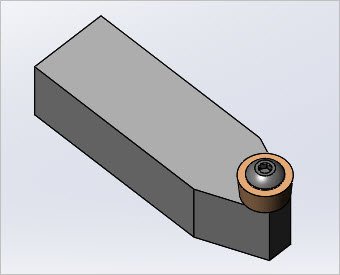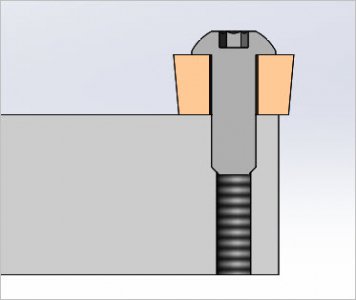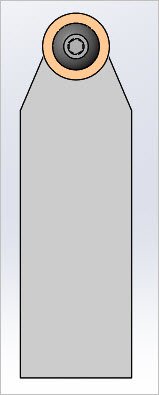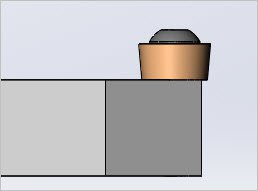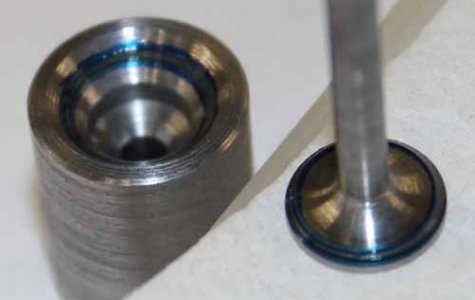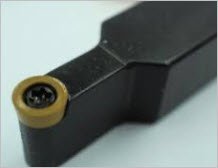If I were to grind a round nose tool, I would use HSS and use a radius gauge like
@rgray said. I would mark the top of the blank with a Sharpie and scribe a line to define the shape and then grind it on a belt sander. In my opinion, a belt sander is the ideal tool for lathe tool grinding. Set the tool rest at 12 degrees to give you adequate relief so the tool cuts instead of rubbing and hone the top to remove any burrs.
Use a slow speed and feed manually. This tool will have a LOT of surface contact and will chatter if you go too fast.

